It seems like every day, a new study claims to show how your microbiome influences the way your body converts food into energy, responds to illness, or handles inflammation. But as scientists are learning, our bugs are also affected by the way we treat them. The miles you log, the food you eat, the mountains you climbÔÇöeverything seems to shape your internal ecology, too.
It makes sense, then, that microbiologists are jockeying to get a look at the bacteria inside the stomachs of some of the worldÔÇÖs healthiest, fittest people. How do pro ath┬şletes compare with amateurs? Do skiersÔÇÖ guts look different than climbersÔÇÖ? And is there some mythical bug that all kick-ass athletes share? We donÔÇÖt knowÔÇöyet.
Does Your Gut Hold the Secret to Performance?
 The microbes in our digestive systems can affect everything from our mental health to our weight and vulnerability to disease. So why not athletic performance? New science is set to revolutionize the way we eat, train, and live.
The microbes in our digestive systems can affect everything from our mental health to our weight and vulnerability to disease. So why not athletic performance? New science is set to revolutionize the way we eat, train, and live.So, in the spirit of science, 15 weekend warriors at ║┌┴¤│ď╣¤═° contributed samples to the . We also corralled some extraordinary athletes and convinced them to pack fecal swabs off to the lab. Project manager and her team then compared our microbiomes with those of student athletes at UC San Diego, a cohort of surfers around the world, and all 10,000 AGP contributors. Crushingly, the ║┌┴¤│ď╣¤═° microbiomes were nothing to write home about. The elite athletesÔÇÖ? ThatÔÇÖs where things got interesting.
Meet the Microbes
The most common bugs in our athletesÔÇÖ guts
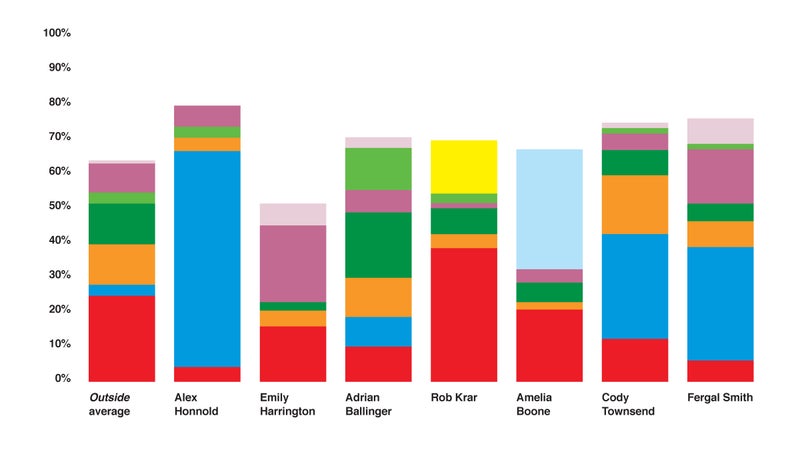
Á■▓╣│Ž│┘▒░¨┤ăż▒╗ň▒▓§╠ř(red): A genus in the Bacteroidetes phylum made up mostly of beneficial bugs that help the immune system keep out dangerous pathogens.
▒╩░¨▒▒╣┤ă│┘▒▒˘▒˘▓╣╠ř(blue): Another genus in the Bacteroid┬şetes phylum. Some research has noted high levels in endurance athletes. The most common driver for a gut full of Prevotella is a vegetarian diet.
│ó▓╣│Ž│ˇ▓ď┤ă▓§▒Ŕż▒░¨▓╣│Ž▒▓╣▒╠ř(┤ă░¨▓╣▓ď▓Á▒): Members of this family in the Firmicutes phylum produce butyric acidÔÇöa healthy short-chain fatty acid that protects against leaky gut and other conditions.
Faecalibacterium╠ř(▓Á░¨▒▒▓ď): A Firmicutes genus that breaks down fiber into butyrates that aid the immune system. Lower than normal levels have been linked to diseases like CrohnÔÇÖs and diabetes.
ŞÚ┤ă▓§▒▓˙│▄░¨ż▒▓╣╠ř(light green): Another genus in the Firmicutes phylum that turns fiber into butyric acid.
Acinetobacter┬á(light blue): A little-studied genus in the Proteobacteria phylum thatÔÇÖs found widely in soil. Scientists donÔÇÖt know much about its role, but on the off chance it gets into your bloodstream, some of its members are antibiotic-resistant pathogens.
How to Boost Your Microbiome
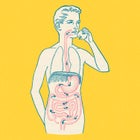 Wondering how to ensure that your gut is healthy? We're here to answer your most pressing questions.
Wondering how to ensure that your gut is healthy? We're here to answer your most pressing questions. ŞÚ│▄│żż▒▓ď┤ă│Ž┤ă│Ž│Ž▓╣│Ž▒▓╣▒╠ř(▒Ŕ│▄░¨▒Ŕ▒˘▒): Some in this family of Firmicutes are experts at turning resistant starches into beneficial short-chain fatty acids.
Bacillus (yellow): An understudied Firmi┬şcutes bug that in mice has been shown to protect against pathogens.
Clostridium (pink): Famous for C. botu┬şlinum and C. difficile, most of the bugs in this genus are harmless and help keep the whole bacteria population stable.
Other (gray): Thousands of additional strains of bacteria.
How We Stack Up
The key to making sense of a micro-biome analysis is to look for weirdness.
In general, the more diverse things are, the better. Most contributors to the American Gut Project, including ░┐│▄│┘▓§ż▒╗ň▒ÔÇÖs staff members, have relatively homogeneous guts. Two big phyla, Bacteroidetes and Firmi┬şcutes, dominate our gut flora. For many Amer┬şicans, having significantly more Firmicutes than Bacteroidetes may indicate a higher-fat Western diet, and in some cases obesity. The reverse ratio often points to a more plant-based diet and a leaner physique. That doesnÔÇÖt always hold true for our pro athletes, however. All seven of them have ┬şmicrobiomes that vary considerably from the average AmericanÔÇÖs. More excitingly, Hyde says, those who compete in similar sports have similar gut bacteria. This suggests that certain factorsÔÇösuch as performing high levels of cardiovascular exercise or spending large amounts of time in the oceanÔÇömay affect the makeup of our microbiomes dramatically.
Alex Honnold
Home: 2016 Ram ProMaster van
Diet: ÔÇťIÔÇÖm probably 95 percent vege┬ştarian, and full-on vegan 50 per┬şcent of the time. I eat a fuckload of fiber, mostly a plant-based diet of roughage.ÔÇŁ
Gut biome: Bacteroidetes dominant
Takeaway: HonnoldÔÇÖs gut has way more Prevotella than the average AmericanÔÇÖs. Some research has connected high levels of this genus to intense exercise, but Hyde thinks the bugÔÇöwhich turns complex carbs into energyÔÇölikely thrives because of his vegetarian diet.
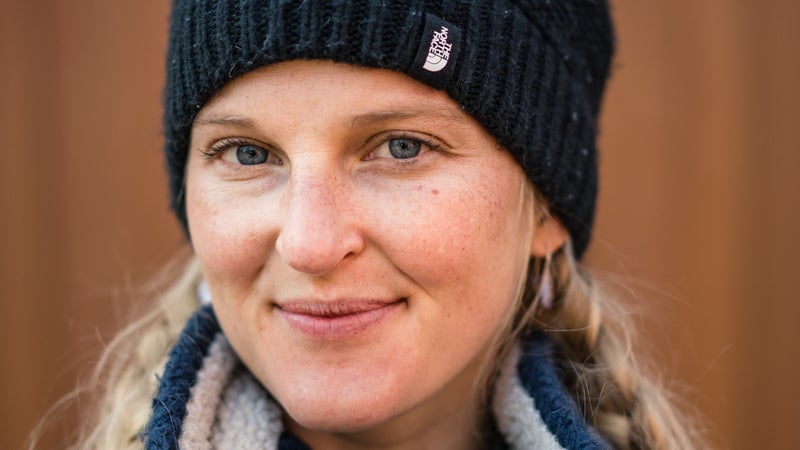
Emily Harrington
Home: Squaw Valley, California
Diet: ÔÇťI try to eat paleo. No bread, minimal carbs and sugar, and lots of vegetables, fruit, and fat from coconut, avocados, and nuts.ÔÇŁ
Gut biome: Firmicutes dominant
Takeaway: HarringtonÔÇÖs gut has high levels of Clostridium, a tricky genus that contains both frightful pathogens and helpful strains that keep the gut running smoothly. In addition, she and mountaineer Adrian Ballinger, who live and train together, have similar bugsÔÇöan indication of how much your environment can affect your gut.
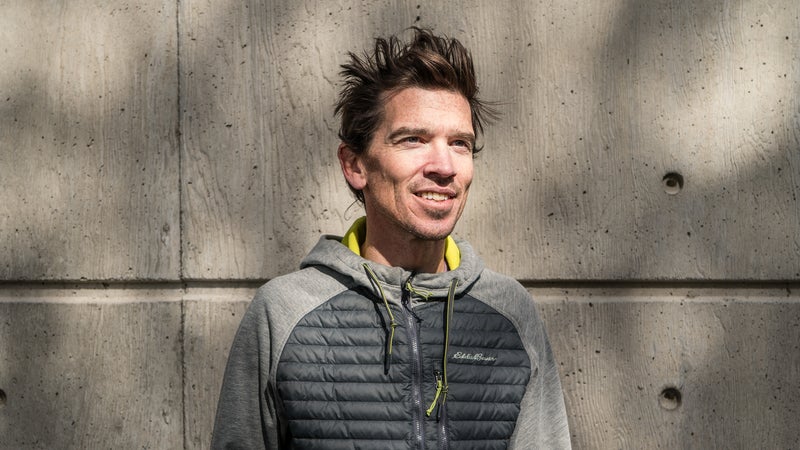
Adrian Ballinger
Home: Squaw Valley, California
Diet: ÔÇťEmily and I eat mostly the same stuff. I probably eat more meat than she does. We both drink coffee every day and have maybe a glass or two of red wine each night.ÔÇŁ
Gut biome: Firmicutes dominant
Takeaway: In addition to having Clostridium levels that are similar to his girlfriend, BallingerÔÇÖs microbiome is loaded with Roseburia and Faecalibacterium. Both produce butyrates, which reduce inflammation.
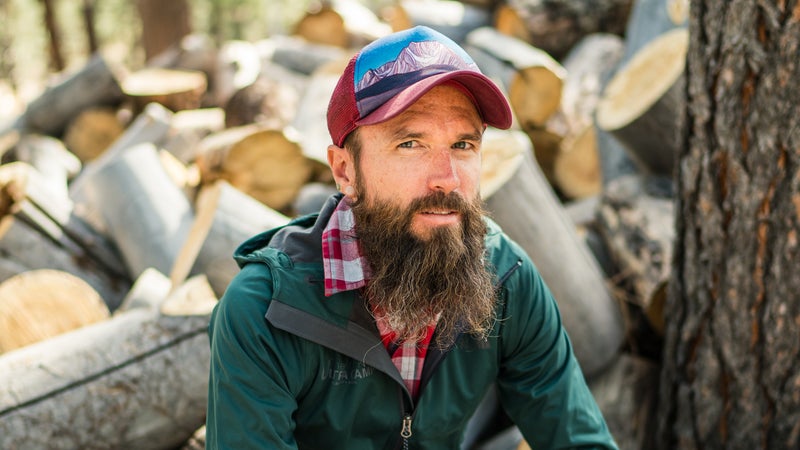
Rob Krar
Home: Flagstaff, Arizona
Diet: ÔÇťVery loosely I would describe it as greens and grains basedÔÇöhealthy eating while not denying myself the pleasures of a beer in the evening and desserts. I eat very little meat but do consume eggs, milk products, and fish.ÔÇŁ
Gut biome: Bacteroidetes dominant
Takeaway: Krar has more Bacillus than any other elite athlete sampledÔÇöa bacteria that barely registers in most folks. Not much is known about Bacillus, but mice studies have shown that it protects against pathogens.
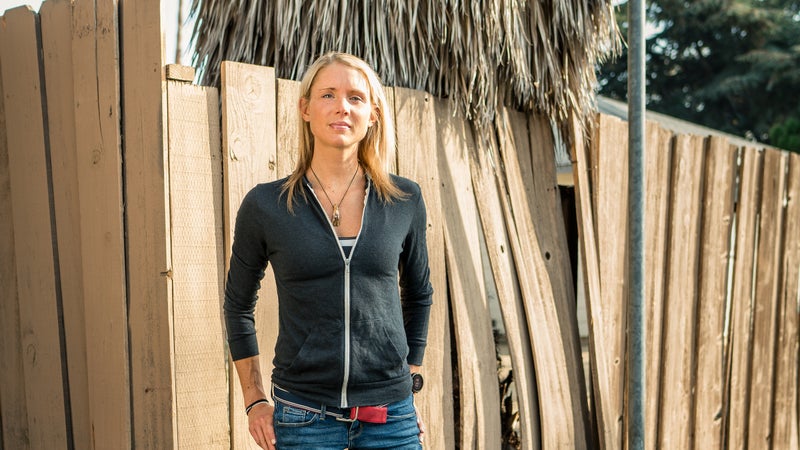
Amelia Boone
Home: San Jose, California
Diet: ÔÇťItÔÇÖs pretty normalÔÇöthe standard focus on quality proteins, fats, and carbsÔÇöbut IÔÇÖm not super regimented. IÔÇÖll be the first to admit that I eat a decent amount of ice cream. Definitely more than I should.ÔÇŁ
Gut biome: Bacteroidetes dominant
Takeaway: BooneÔÇÖs gut is home to signif┬şicantly more Acinetobacter than the American Gut Project usually sees. ItÔÇÖs commonly found in dirtÔÇösomething that Boone, a Tough Mudder veteran, spends a lot of time rolling around in.

Cody Townsend
Home: Tahoe City, California
Diet: ÔÇťItÔÇÖs light on grains, because IÔÇÖm allergic to gluten. I look for whole foods. I canÔÇÖt just be on a trip and think, IÔÇÖm hungryÔÇöoh, thereÔÇÖs a hot dog. I have to plan ahead and go for nuts, fruit, and vegetables. It shifts my entire diet.ÔÇŁ
Gut biome: Bacteroidetes dominant
Takeaway: TownsendÔÇÖs gut has almost four times more Parabacteroides than anyone else surveyed. Parabacteroides are great at turning plant fibers into energy and often bloom in folks who consume a lot of resistant starchÔÇölike oats, cold potatoes, and cold riceÔÇöwhich bugs donÔÇÖt feast upon until it hits the colon.
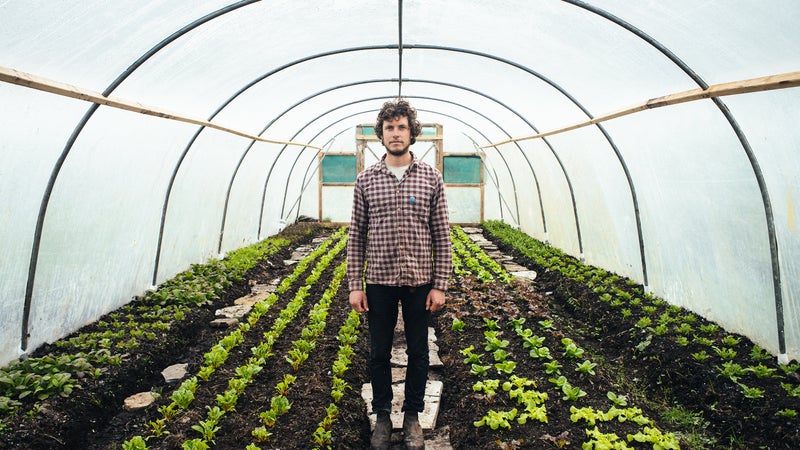
Fergal Smith
Surfer, age 30
Home: Lahinch, Ireland
Diet: ÔÇťI would say itÔÇÖs fairly good. I mostly just eat the vegetables I grow. And I only drink spring water.ÔÇŁ
Gut biome: Bacteroidetes dominant
Takeaway: Smith, who lives on an organic farm, has the kind of gut that ┬şmicrobiologists lust after. Loaded with high levels of anti-inflammatory Bifidobacterium and Ruminococcaceae, plus lots of Prevotella, it reflects his vegetable-based diet and has the diversity youÔÇÖd expect from a person connected to both land and sea.



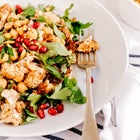 The ideal healthy-gut diet for performance.
The ideal healthy-gut diet for performance.